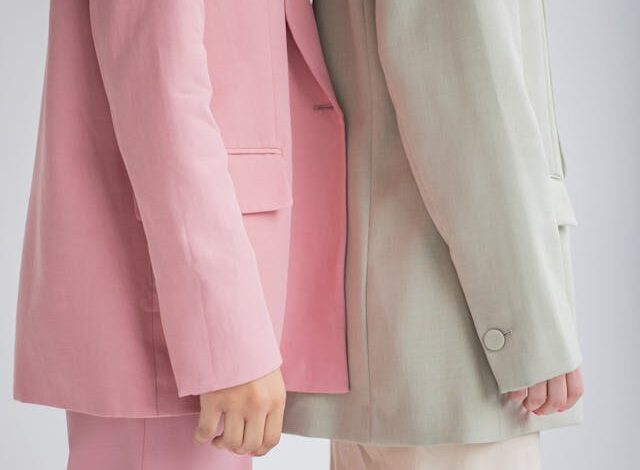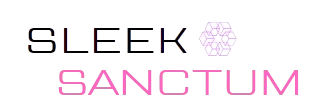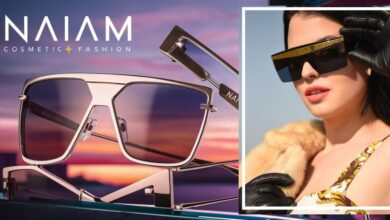121 Fiberglass Cloth Textron: A Comprehensive Guide

Fiberglass cloth is an essential component in various industries, known for its strength, durability, and resistance to chemicals and environmental factors. Among the wide range of fiberglass fabrics available, the 121 fiberglass cloth Textron stands out as a highly specialized material that has found applications in diverse sectors. This article will explore the key features, applications, and benefits of the 121 fiberglass cloth Textron, providing a detailed guide on why it is a top choice for engineers and manufacturers alike.
What is 121 Fiberglass Cloth Textron?
Fiberglass cloth is a woven fabric made from fine glass fibers. These fibers are processed into threads, which are then woven into a fabric-like material. The 121 fiberglass cloth, manufactured by Textron, is a specific type fabric known for its unique properties, such as light weight, strength, and versatility. Textron is a well-established brand that offers high-performance materials, and their 121 fiberglass cloth is no exception.
Key Features of 121 Fiberglass Cloth Textron
- Lightweight and Strong
One of the most significant features of the 121 fiberglass cloth Textron is its impressive strength-to-weight ratio. The cloth is lightweight yet robust, making it suitable for applications where weight considerations are critical, such as in aerospace or automotive sectors. - High Tensile Strength
The 121 fiberglass cloth offers high tensile strength, meaning it can withstand substantial pulling forces without breaking or deforming. This property is essential in industries where structural integrity is paramount. - Chemical Resistance
Fiberglass, in general, is highly resistant to chemicals, and the 121 fiberglass cloth is no different. It can withstand exposure to a wide range of chemicals, including acids, bases, and solvents, without degrading or losing its structural properties. - Temperature Resistance
The 121 fiberglass cloth can handle high temperatures, making it suitable for applications that involve heat, such as insulation or aerospace materials. Its ability to maintain its strength and structure at elevated temperatures is crucial for various industrial uses. - Moisture and Corrosion Resistance
This fiberglass cloth is also resistant to moisture, making it ideal for applications in marine environments or areas with high humidity. Additionally, it does not corrode, further extending its durability and life span. - Versatility in Application
The cloth can be easily shaped, cut, and molded to fit different forms. This flexibility in processing makes it adaptable to a wide range of industrial, commercial, and even DIY applications.
Read More: Stitch Clothing: Crafting Unique Fashion Experiences
Applications
The 121 fiberglass cloth Textron finds its applications in several industries, thanks to its robust physical and chemical properties. Below are some of the most prominent sectors where this material is widely used.
Aerospace and Aviation
In the aerospace industry, materials that offer a high strength-to-weight ratio are critical for optimizing aircraft performance. Extensively used in the construction of aircraft parts such as wings, fuselage components, and interior panels. Its lightweight nature helps reduce the overall weight of the aircraft, which improves fuel efficiency and performance, while its strength ensures safety and reliability.
Additionally, the temperature-resistant properties of the 121 fiberglass cloth make it ideal for parts that are exposed to extreme conditions during flight.
Marine and Boating
In marine environments, materials must be resistant to water, salt, and corrosion. Fiberglass is a popular choice for building boats and marine equipment, and the 121 fiberglass cloth Textron is no exception. It is used to construct hulls, decks, and other structural components of boats. Its moisture-resistant properties prevent damage from prolonged exposure to water, making it a preferred material for boat manufacturers.
The cloth’s flexibility also allows it to be molded into complex shapes, a necessity in boat design where aerodynamics and hydrodynamics are crucial.
Automotive Industry
In the automotive sector, reducing the weight of vehicles is key to improving fuel efficiency and performance. The 121 fiberglass cloth Textron offers an ideal solution for car manufacturers looking for lightweight but strong materials. It is commonly used in the manufacture of body panels, hoods, and other components that require both strength and weight reduction.
Additionally, the chemical and temperature resistance of this fiberglass cloth ensures that it can withstand the harsh conditions within automotive engines and exhaust systems.
Construction and Architecture
Fiberglass cloth is also utilized in the construction industry, particularly for reinforcing materials like concrete and plaster. The 121 fiberglass cloth Textron can be used in the construction of walls, ceilings, and roofs. Its strength and resistance to moisture make it suitable for external and internal reinforcements.
Moreover, fiberglass is commonly used in architectural projects that require lightweight materials with excellent structural integrity, such as bridges and large structures.
Electrical and Electronics
Fiberglass is an excellent insulator, making it valuable in the electrical and electronics industries. The 121 fiberglass cloth Textron is used for creating insulation materials in transformers, circuit boards, and other electrical components that require protection from high voltages and heat.
In electronics, fiberglass cloth is often used as a reinforcement in printed circuit boards (PCBs), providing structural support and electrical insulation.
Manufacturing Process of 121 Fiberglass Cloth Textron
The manufacturing of fiberglass cloth involves several steps, all designed to ensure that the final product meets the required specifications for strength, durability, and flexibility.
Step 1: Glass Melting
The first step in the manufacturing process is melting raw glass. Silica (SiO2), along with other additives like aluminum oxide and magnesium oxide, is melted in a furnace at high temperatures to form a molten glass solution. The molten glass is then extruded through tiny nozzles to create thin fibers.
Step 2: Fiber Formation
Once the molten glass is extruded, it is cooled and drawn out into extremely fine threads, which are known as continuous fibers. These fibers are collected on spools and can be spun into yarns or directly woven into fabric.
Step 3: Weaving
The fibers are woven into a fabric using different patterns depending on the desired strength, flexibility, and weight of the final product. In the case of 121 fiberglass cloth, a plain weave pattern is typically used, which balances strength and flexibility.
Step 4: Finishing and Treatment
After weaving, the fiberglass cloth undergoes several finishing processes. This may include surface treatments to enhance adhesion properties when the cloth is used in composite materials or additional coatings for improved chemical resistance.
Benefits of Using 121 Fiberglass Cloth Textron
The 121 fiberglass cloth Textron offers several advantages, making it a preferred material in many industries. Below are some key benefits:
Durability
Fiberglass is inherently durable, and the 121 fiberglass cloth is designed to last. Its resistance to chemicals, moisture, and extreme temperatures makes it a reliable material for long-term use in challenging environments.
Cost-Effectiveness
Compared to other materials with similar properties, such as carbon fiber, fiberglass cloth is relatively affordable. The 121 fiberglass cloth Textron provides a cost-effective solution for applications where strength and durability are required without the high costs of advanced composites.
Ease of Handling
The 121 fiberglass cloth is easy to cut, mold, and shape, which makes it versatile in various applications. Whether for large-scale industrial projects or smaller DIY tasks, this fiberglass cloth is user-friendly and adaptable.
Environmental Resistance
One of the standout features of the 121 fiberglass cloth Textron is its resistance to environmental factors. Whether exposed to sunlight, rain, or corrosive chemicals, it retains its structural integrity, making it suitable for outdoor and industrial environments.
Conclusion
The 121 fiberglass cloth Textron is a highly versatile and durable material, making it suitable for various industries such as aerospace, automotive, marine, and construction. Its high strength-to-weight ratio, chemical and temperature resistance, and ease of use make it an excellent choice for engineers and manufacturers seeking reliable and cost-effective solutions.








